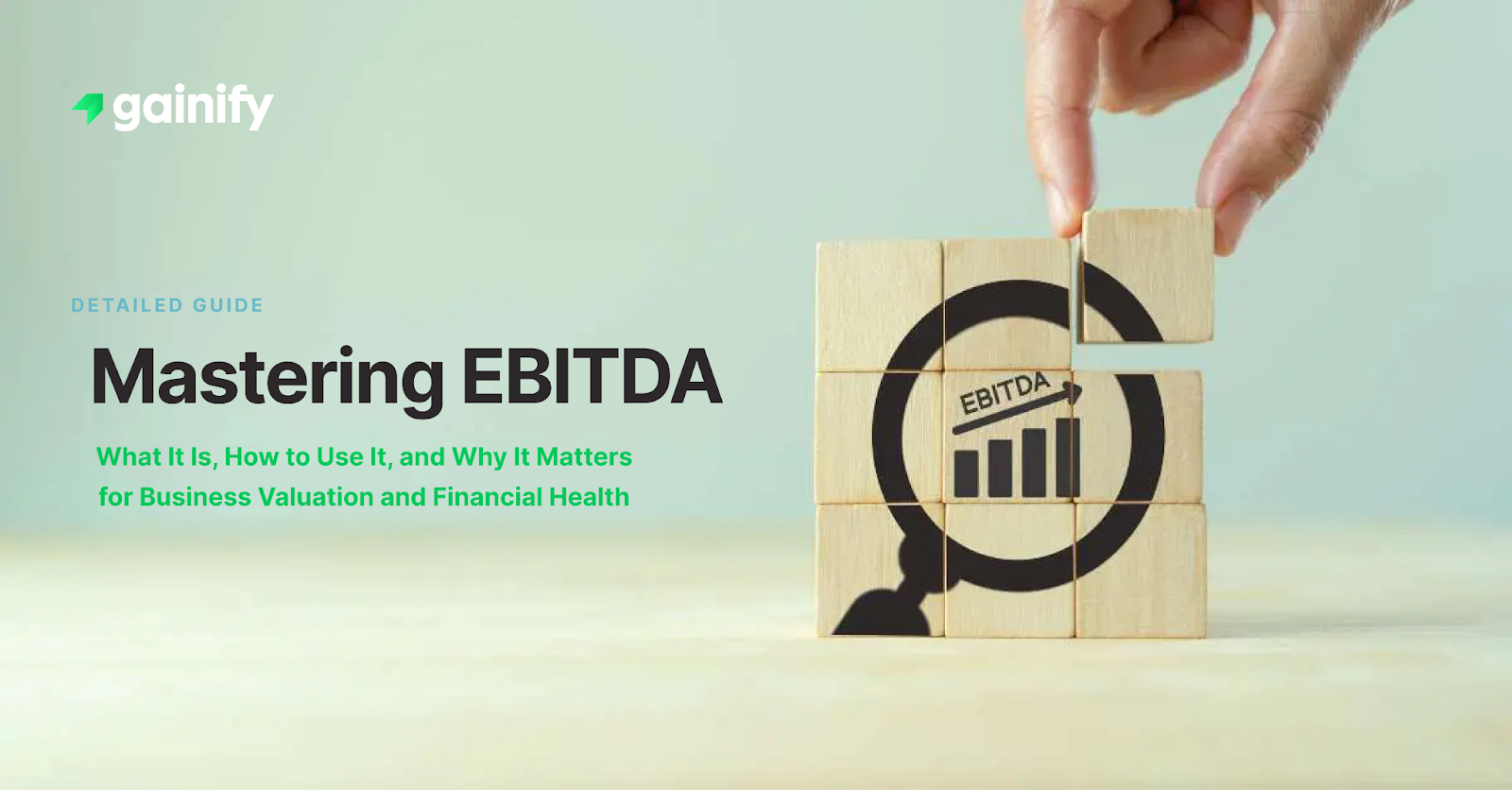In today’s fast-moving financial world, one question every investor must answer is simple yet foundational: how much should you invest? Whether you’re just beginning your investment journey or fine-tuning an existing investment portfolio, the right amount to invest depends on several factors, including your income level, financial goals, risk tolerance, and investment time horizon.
This guide provides a clear, practical framework for determining how much to invest, based on sound investment strategies, proven benchmarks, and your personal cash flow. We’ll explore how to build toward your retirement savings goal, fund short-term financial goals, and grow wealth over time using tools like an equity research platforms, automated investing platforms, and modern brokerage services.
Ultimately, successful investing isn’t about guesswork. It’s about matching your contributions to your goals and making each dollar work smarter, not harder.
Why the Amount You Invest Matters
One of the biggest barriers to building wealth is the misconception that you need a large sum of money to get started. In reality, it is not the size of your initial investment that matters most. It is your consistency, your strategy, and how well your plan aligns with your investment goals and risk profile.
Warren Buffett, widely regarded as one of the most successful investors of all time, did not achieve his fortune through quick wins. He built wealth by investing steadily, reinvesting profits, and remaining patient for decades. Your long-term investment returns are influenced by three core factors:
- How much you invest
- How long you stay invested
- Your average annual rate of return
Every dollar you commit to investing today has the potential to compound over time. The sooner you begin, the more powerful that compound growth becomes. Even modest monthly contributions, whether made through brokerage accounts, retirement accounts, or mutual funds, can build substantial wealth when sustained over a long period of time.
Remember, investing is a habit, not a one-time event. The most important thing is not perfection, but persistence. Regular, disciplined contributions are the true engine of wealth creation.
Start With a Budget: Pay Yourself First
Before determining how much to invest, you must first gain a clear understanding of your cash flow. That begins with building a realistic, actionable monthly budget that accounts for your essential obligations and future goals.
Start by categorizing your expenses:
- Fixed costs: rent or mortgage, loan payments, insurance premiums, utility bills
- Variable costs: groceries, fuel, dining out, entertainment
- Emergency fund: aim to set aside 3 to 6 months’ worth of living expenses in cash or cash equivalents
- Discretionary spending: travel, hobbies, non-essentials
Once these are accounted for, determine how much of your monthly income can be directed toward investments. A widely accepted rule of thumb is the 50/30/20 rule:
- 50% for essential needs
- 30% for wants
- 20% for savings and investing
This framework is flexible. Conservative investors may increase their savings rate, while those with tighter budgets may begin with smaller contributions and scale over time. What matters is building a habit.
Treat your investments like a recurring bill that you must pay every month. Automate monthly contributions into your brokerage accounts, individual retirement accounts, or mutual funds, just as you would pay rent or a utility bill. Many online brokers and financial institutions allow you to set recurring transfers, helping you consistently build your investment portfolio.
This “pay yourself first” approach ensures that investing becomes a priority, not an afterthought. It protects your long-term goals from being crowded out by day-to-day spending and builds the foundation for lasting financial stability.
How Much Should You Invest? Rule of Thumb
There is no universal dollar amount that applies to every investor. The right initial investment depends on your income level, essential expenses, financial obligations, and long-term investment goals. However, there are time-tested benchmarks that can help guide your decision.
General Investment Guidelines by Investor Type:
- New Investors: Start by investing at least 10% of your take-home pay
- Intermediate Investors: Target 15% to 20% of your monthly income
- Aggressive Investors: Allocate 25% or more, especially if you have minimal debt, high income, or a longer time horizon
If 10% feels out of reach, begin with a smaller monthly contribution and increase it as your budget allows. What matters most is building the habit of consistent investing. Whether you are using brokerage accounts, retirement accounts, or automated investing platforms, consistency is more powerful than perfection.
Small, recurring investments into mutual funds, individual stocks, or exchange-traded funds (ETFs) can grow significantly over time. This is thanks to dollar-cost averaging, compound interest, reinvested stock dividends, and staying invested through market fluctuations.
Your investment amount should also be:
- Sustainable: You should not need to sell assets to cover daily expenses
- Scalable: As your income increases or essential spending decreases, increase your contributions
- Aligned: Match your investment vehicles to your risk tolerance, financial goals, and time horizon
The goal is not to reach a perfect number. The goal is to create a repeatable, disciplined habit that builds wealth over time and aligns with your broader financial strategy.
Consider Your Investment Goals
Before deciding how much to invest, you need a clear understanding of your investment goals. Begin by asking:
- Are you investing for retirement, a home purchase, college education, or another short-term financial goal?
- What is your time horizon — is it three years, ten years, or thirty years?
- What is your personal risk tolerance or risk profile?
The answers to these questions will guide not only how much you should invest but also how to allocate your funds across different types of financial investments. For long-term investing, focus on growth-oriented assets like individual stocks, mutual funds, and real estate. If your objective is more immediate, such as short-term savings or upcoming large expenses, conservative investment vehicles such as certificates of deposit (CDs), high-yield savings accounts, or government bond funds may be more appropriate.
Matching your investment strategy to your financial goal is critical. Long-term wealth creation typically favors a higher allocation to equity-based assets that benefit from compound interest and capital appreciation. On the other hand, short-term goals often require capital preservation and liquidity.
Maximize Tax-Advantaged Accounts First
Once your goals and timelines are clear, prioritize using tax-advantaged accounts that help your money grow more efficiently:
- 401(k): Always contribute enough to earn the full employer match. It is essentially free money toward your retirement savings
- Roth IRA or Traditional IRA: Maximize your annual contribution limits to benefit from either tax-free growth or tax-deductible contributions
- Health Savings Account (HSA): If eligible, this account offers triple tax advantages — deductible contributions, tax-free growth, and tax-free withdrawals for qualified medical expenses
These accounts are a cornerstone of any long-term investment plan. They lower your federal tax burden, protect your gains from unnecessary taxation, and often offer employer contributions that accelerate portfolio growth.
Think of tax-advantaged accounts as the foundation of your investment strategy. They allow you to optimize every dollar, support your retirement lifestyle, and take advantage of compounding in a tax-efficient way. Before turning to a taxable brokerage account, ensure you are making the most of these specialized investing accounts.
What About One-Time Windfalls?
If you receive a bonus, tax refund, or inheritance, consider investing a portion of it. Don’t wait for the “perfect” time. Time in the market beats timing the market.
Break large sums into smaller deposits using dollar-cost averaging if you’re concerned about short-term market fluctuations. This conservative approach can help reduce the risk of investing a lump sum at the wrong time.
One-time inflows are a great opportunity to fast-track your goals. Use a set percentage (e.g., 50%) for investing, 30% for saving, and 20% for lifestyle upgrades or paying down credit cards or other debt.
Don’t Forget to Reassess
Life changes. Income increases. Expenses fluctuate. Periodically revisit how much you invest and whether your strategy aligns with your updated financial situation.
Review at least once a year, and any time you hit major life events (new job, marriage, home purchase, etc.). Rebalancing your investment portfolio and updating your monthly contributions keeps your plan on track.
As your investment account balance grows and market conditions shift, update your allocation to reflect your current risk profile and investment objectives. This ensures your plan remains resilient and relevant.
Final Thoughts: It’s Not About the Amount, It’s About the Habit
The question of “how much to invest” doesn’t have a one-size-fits-all answer. What matters most is that you start, stay consistent, and remain focused on your long-term investing goals. Whether it’s $50 a month or $5,000 a month, the habit of investing is what builds financial stability and long-term wealth.
Use tools like equity research platforms, brokerage services, and financial education materials to support your journey. Build a personal spending plan that balances savings goals with your lifestyle. Choose investment options that align with your risk tolerance and revisit your plan as life evolves.
Make it automatic. Make it sustainable. Make it aligned with your goals. That’s how real wealth is built – one smart investment decision at a time.
Disclaimer: This content is for educational purposes only and does not constitute financial advice. Please consult a licensed financial advisor before making investment decisions.




